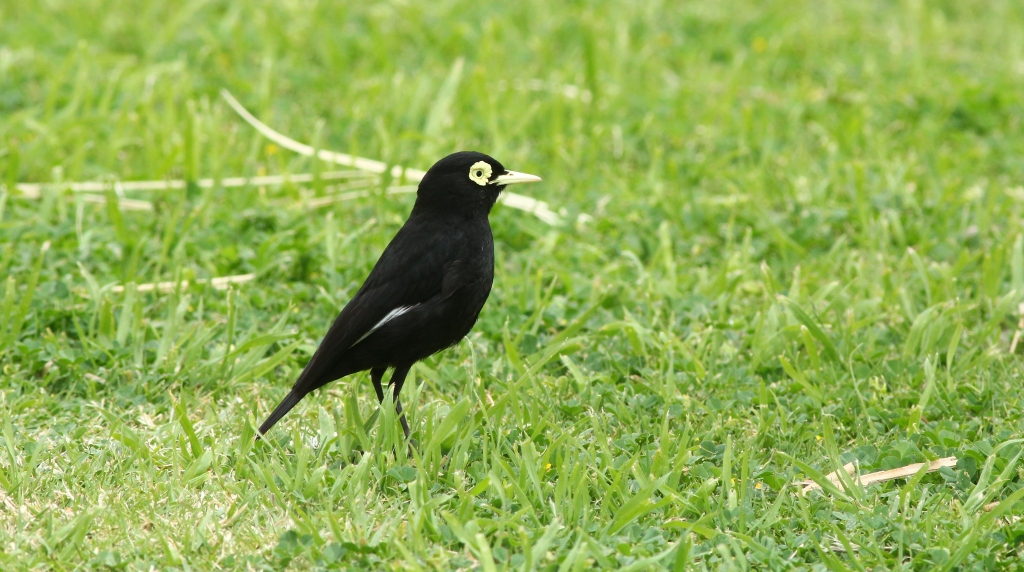September 15, 2021
Presenter: Kevin Neill
From a very young age I’ve been kind of obsessed with most aspects of nature and wildlife. My day job is in finance, but this biologist/photographer wannabe simply does that so I can go birding in interesting locales. In October of 2012, my botanist-leaning wife Kala and I travelled to South Africa and Botswana to experience a full-on wildlife extravaganza. It did not disappoint. This presentation consists mostly of our time spent in the Okavango Delta in the northwest corner of Botswana, and to a much lesser extent in and around Cape Town. Camping in the national parks of the Delta in 40C+ heat was both rustic and somewhat uncomfortable at times, but completely and absolutely worth it given the number of birds, mammals, and reptiles we got to experience in a sometimes frighteningly up close and personal way.

______________________________________
October 20, 2021 Argentina
Presenter: Lee Harding
Lee E. Harding has a BSc in Wildlife Management from Humboldt State University (California) and a PhD in Wildlife Toxicology from Gifu University (Japan). He consulted in wildlife ecology in the Arctic for five years, was an Environment Canada biologist and program manager for 20 and, after taking early retirement from the Canadian Wildlife Service, was an environmental consultant for another20 years. Dr. Harding is a Registered Professional Biologist in British Columbia, Canada and a member (retired) of the College of Applied Biology (B.C.), the American Society of Mammalogists and the British Columbia Field Ornithologists. His recent publications have included articles in Birds of British Columbia (papers on red-winged blackbirds, sandhill cranes and soras) and British Columbia Birding (articles on birding in China and Oregon). Lee and his brother, Jeff Harding, spent a month in Argentina in 2015. They flew to Buenos Aires, spent a few days in a local nature reserve, drove north, passing through Entre Rios, Corrientes and Missiones provinces to the massive Iquazú waterfalls on the border with Brazil, in deep gallery rainforest. They then drove southwest to Ibará, the second largest wetland in the world after the Pantonal in Brazil. Continuing west, they crossed the dry Chaco, an arid region of dry scrub. Veering north, they reached the foothills of the Andes in Jujuy Province, spending a few days in a cloud forest at about 3,000 m elevation. Further west, they entered the Andes, passed the village of Purmamarca and climbed switchbacks up to near the Chilean and Bolivian borders to the Atacama Desert at about 3,500 m before their car’s radiator boiled over. Turning south, they climbed to another cloud forest to see the Rufous-throated dippers. Continuing south, they stopped at Salta, the capital of Salta Province, before again turning up into the Andes for high desert birding in Tucuman Province. Then they began a long, straight drive south, passing through Cordoba, La Pampa and Rio Negro Provinces—a country filled with wetlands, lakes and savannas— to reach the Valdez Peninsula, on the Atlantic coast in Chabut Province, Patagonia. On return to Buenos Aires, they took a coastal route, visiting the mouth of the Rio Negro and Bahía Blanca and an interior mountain range, the Sierra de la Ventana, in Buenos Aires Province. They counted 361 bird species.

November 17, 2021 Williamson’s Sapsuckers: Endangered for now, but where to next?
Presenter: Les Gyug
Les is a biologist who has lived and worked in the southern interior of BC since 1981, running his own business, Okanagan Wildlife Consulting, since 1991. While over the years he has worked with many wildlife species, Williamson’s Sapsucker has been a recurring theme since 1995. While an interesting bird in its own right, its assessment in 2005 as Endangered in Canada added impetus to the research, which continues to this day.
Les will take a look back at what we’ve done, how much we know now that we didn’t know before, some interesting sapsucker behaviour, and where the species is likely to end up next given conservation efforts and climate change.

______________________________________
